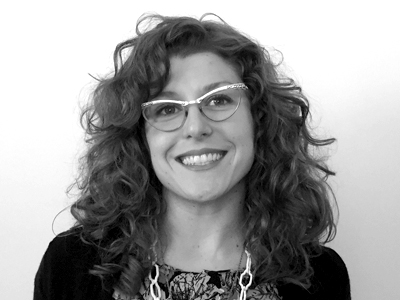
Adriane Dalton: Begin by telling our readers a bit about yourself personally and professionally.
Doreen Timmers: I was brought up in the small and cozy village of Mariaheide, in the Netherlands, where nowadays my gallery is situated. I was named after my grandmother Door, a name which does not translate in English as one may assume. However, the name of my gallery thus has a double meaning; it represents my own name and (in English) hints at the door to the world of marvel and wonder called art. I am married, aged 46, I have two children, and live in the hospitable city of Nijmegen.
I graduated from Radboud University, in Nijmegen, where I studied art. During my studies, I cultivated my fascination for medieval and contemporary culture, art, and architecture. The aspect of storytelling that pervades good art has always had my most thorough and fondest interest.
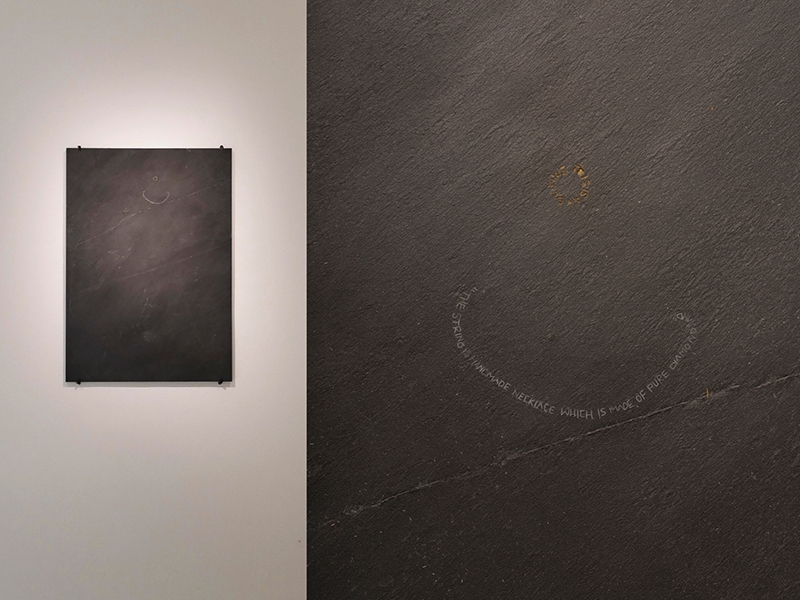
We live in a fast-moving era in which everything continuously seems to change and needs to change. In this era, I see the purpose of my gallery as showing the art of artists who want to tell stories full of old and new, copied and invented, used and re-used, original and borrowed habits and rites. In this way, I give a stage to artists who create a new world by combining things of old with the new. Much in the same way, I want to draw an audience to this fantastic world in which recognition and comforts coincide with amazement and—at times—bewilderment. We need this, to really feel we are human!
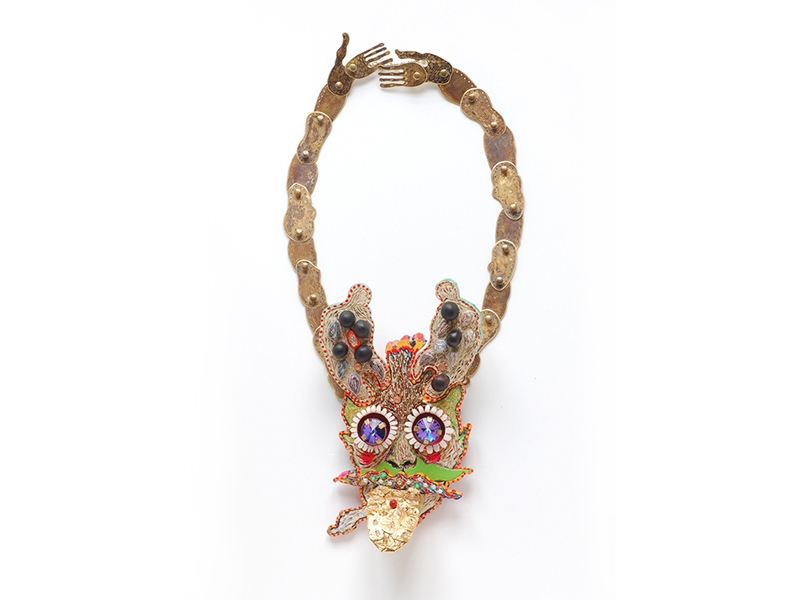
What are the origins of your relationship to art jewelry?
Doreen Timmers: After high school, I started studying art history at the university. Toward the end of my studies, I visited lots of international, mostly western, cities and exhibitions with some fellow students and friends. I had this somewhat arrogant feeling (common for students in this stage of life) that I knew it all. But then my favorite teacher told me about art jewelry. Neither of us can recall the context or the why or what, but his story fascinated me and I went to see my first contemporary jewelry show soon after that—and fell in love. For me, contemporary art jewelry was everything to be sought in contemporary art: concept, form, materials, perspective, emotions, and imagination. And one more major thing: As a viewer, and a possible wearer, you literally have to engage with the piece of art—no safe arms-length distance, but skin-to-skin contact with pieces designed to be held, caressed, and worn. Art in the mind and soul and onto the body.
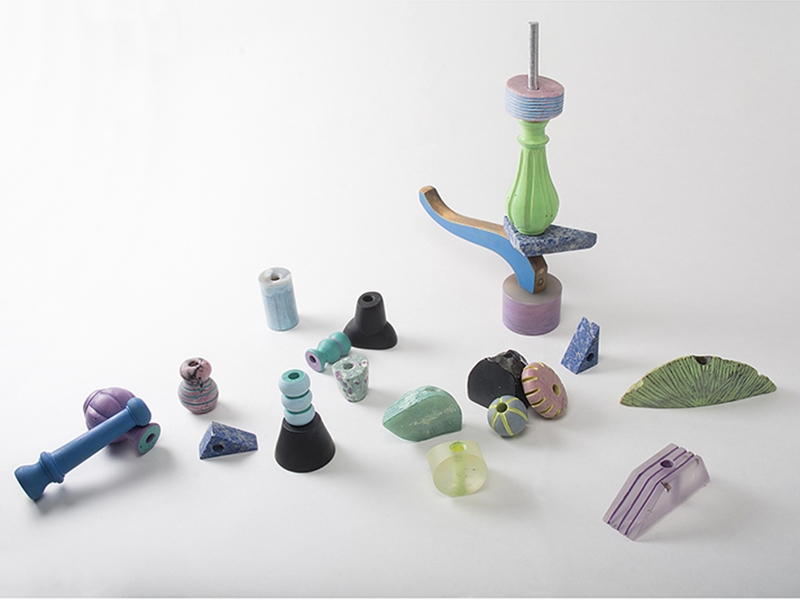
What prompted you to open Galerie Door, which you did in November of 2017?
Doreen Timmers: In 2001, I started working in a contemporary jewelry gallery, but I also worked as a museum consultant, and did public relations and marketing for public art and cultural events. I wanted to combine this knowledge and these skills in a gallery where the public can see jewelry and fine arts together, often combined by the storytelling they share and in which they, at times, overlap. My goal is to reach and inspire as many people as I can with the beauty art creates. And to sell some pieces at times, of course, so that both I and my artists can sustain our livelihood and continue to exercise our passion.
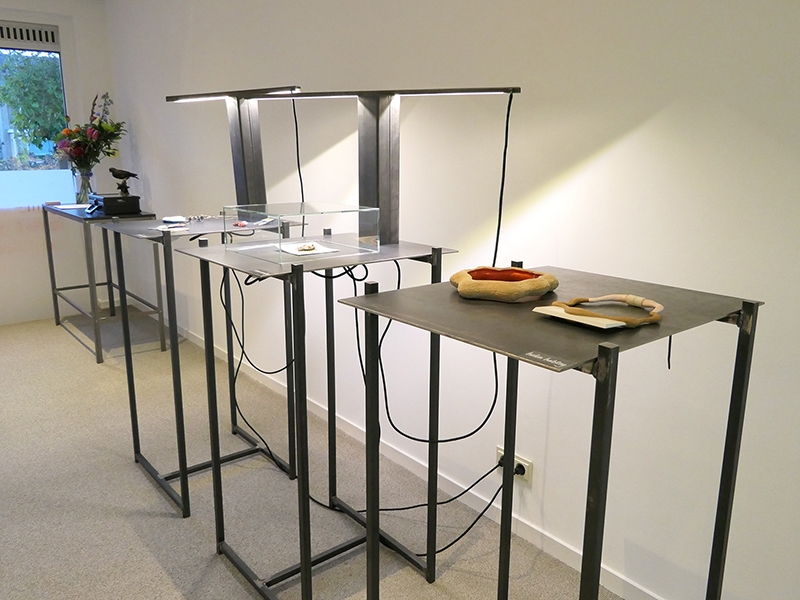
In the six months since opening, what are some milestones and highlights of this endeavor?
Doreen Timmers: The first opening at my gallery, in September 2017, drew a good crowd of people who were amazed to see art in Mariaheide that was so astray from the traditional, often figurative, forms of art one is used to. The region in which Mariaheide is located is economically booming, but culturally it’s making its first steps to finding new forms of art and artistic utterances. It was great for me to see an audience of art connoisseurs mixed with people to whom art is at times a novelty that evokes curiosity. My artists are furthermore very international, which has made the exhibitions so far a nice hodgepodge of people, stories, and interests—something I truly enjoy!
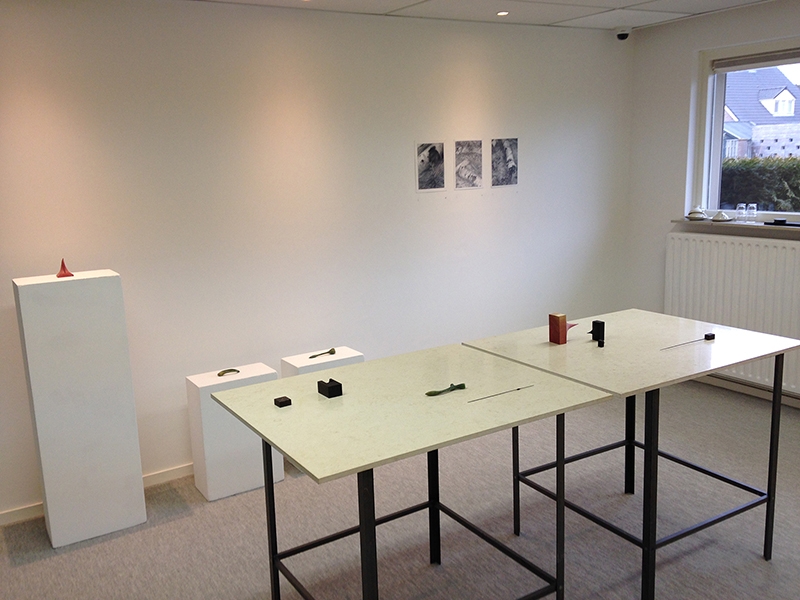
Your gallery webpage on AJF lists three thematic groupings describing works represented at Galerie Door: works inspired by nature or “the sublime,” works that play with conceptions of material value, and lastly “naïve” or folkloric works. Were these groupings intentionally sought out for representation, or was this something that developed organically?
Doreen Timmers: These themes developed organically. Themes, like titles, function as guidelines and help us to discover intentions, imagination, meaning, and life. I like to show beautiful works of art and masterpieces. The themes I devise help my visitors to organize what they see but should not be taken too strictly.
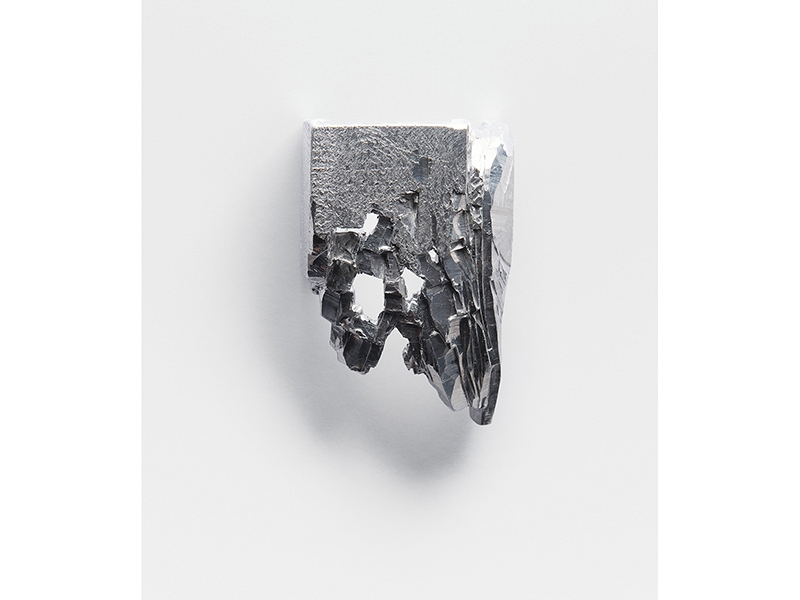
In viewing the gallery’s website, I noticed that all of the artists listed appear to be women. Is this coincidental or intentional?
Doreen Timmers: All great artists are women … haha! No, seriously, I’m afraid it was all a great coincidence and no more than that. This might actually prompt me to look for more male artists in the future.

What’s your curatorial process as it applies to both exhibitions and selecting artists you wish to work with or represent?
Doreen Timmers: I’m trained in analyzing images and I trust in my knowledge, eyes, and heart. When I’m selecting artists for an exhibition, most of the time I can picture what the show would look like. I continuously search for works of art that reinforce each other. The pieces need to be new, strong, powerful, avant-garde, unique, and made by a professional.

What is it that, in your opinion, makes a piece of art jewelry compelling?
Doreen Timmers: Its originality in appearance, combined with its natural ability to tell stories of what used to be, of what is, or what may or will be. Good art tantalizes both the senses and the mind, sometimes at the same time, sometimes one after the other.
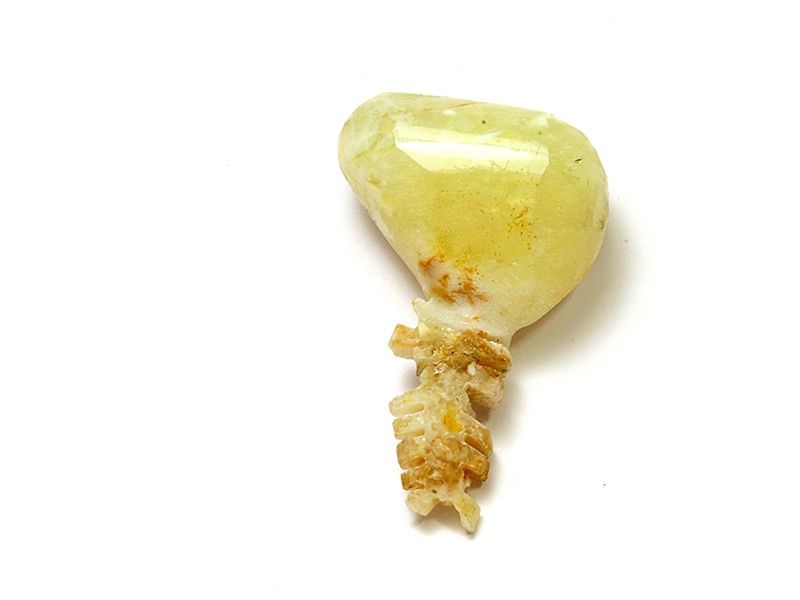
What are you reading lately?
Doreen Timmers: I’m currently reading the novel Herman Brusselmans published this year, Feest bij de familie Van de Velde (which would probably translate as A Feast with the Van de Velde Family). The world Brusselmans describes in this book is recognizable on the one hand, yet alienating on the other. He creates a world in which the normal is absurd and the absurd is normal. He questions the banality of daily life. It’s a bit surrealistic and makes me laugh and think.

